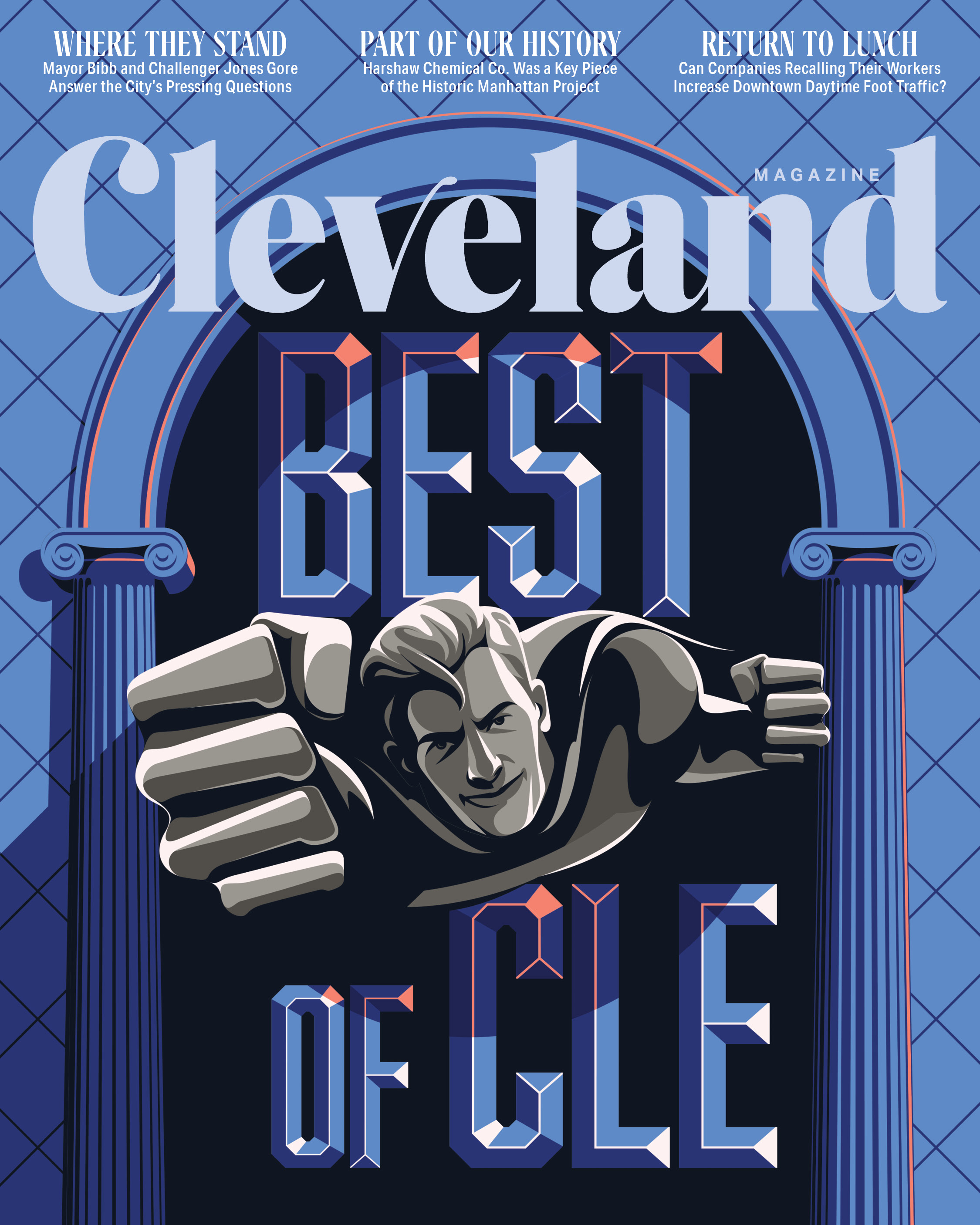Out of Thin Air
Aug. 28, 2007 | 4:00 AM
But during the 1920s and ’30s, the Cleveland National Air Races attracted hundreds of thousands of spectators, movie stars and politicians to what would become Hopkins International Airport for 10 days of speed, glamour and glitz.
“It was the NASCAR of the 1930s. It was just the largest thing on the planet,” says Karl Engelskirger, a commercial pilot from Wadsworth who found two of the most famous planes from that Golden Age of aviation — Benny Howard’s Mike and Ike racers.
Howard, a self-taught plane designer, chose inline engines, rather than the 600-horsepower radial engines common at the time, for his famous duo — a choice that slimmed down the noses of his racers.
He went on to sweep the 1935 air races’ three major events: a cross-country race from California to Cleveland and two “short-track” races that circled over Strongsville and Berea.
“He did things that were thought to be impossible,” says Tom Matowitz of Mentor, who literally wrote the book on the spectacle: “Cleveland’s National Air Races.”
After the races ended in 1949, many of the planes that competed in them were scrapped, especially ones that had been outdated by post-World War II flying machines. It was around this time that Mike and Ike disappeared as well.
But Engelskirger crossed paths with the famous planes in 2005 after reading a classified ad in an aviation trade magazine. He found a listing for a World War II trainer in Fremont, Ohio, and called the owner, Joe Binder, to discuss it. At the end of their conversation, almost as an afterthought, Binder mentioned he owned Mike and Ike as well.
Engelskirger, an expert plane restorer, didn’t believe it, but traveled to Fremont anyway, taking Matowitz with him. They met Binder at a closed drive-in theater he owned, and there, inside the old concession stand, was Mike. “Lo and behold, it was the real deal,” Engelskirger recalls.
After that first trip, Engelskirger and Matowitz visited every few weeks to talk shop and listen as Binder relived his memories of the air races.
Eventually, Binder invited the men to his house to see Ike, too. There, amid piles of parts from planes and motorcycles, they found the plane nearly complete, down to the fuel caps and tires. Engelskirger finds it miraculous both planes survived so long. “The fact is, [they] just shouldn’t be here,” he says.
Binder had purchased Mike and Ike from their previous owners in the 1950s, hoping to restore them himself. Now 89 years old, he realized he wouldn’t be able to, and agreed to sell. Engelskirger and Matowitz won’t divulge how much they paid for the pair, saying only that it was a “substantial amount of money.”
Other people had pursued Mike and Ike over the years, but Binder had turned them all down, saying that anyone who wanted to own the racers would have to be someone who truly loved the planes and their history.
“It was a selection process,” Engelskirger says. “He’s turned down a lot of money.” Matowitz says it was something even less tangible that convinced Binder to sell his famous flying duo: “We convinced him that our hearts are pure.”
Meet Karl Engelskirger and Tom Matowitz and see Ike at the Cleveland National Air Show Sept. 1 through 3.
Trending
-
1
-
2
-
3
-
4
-
5










